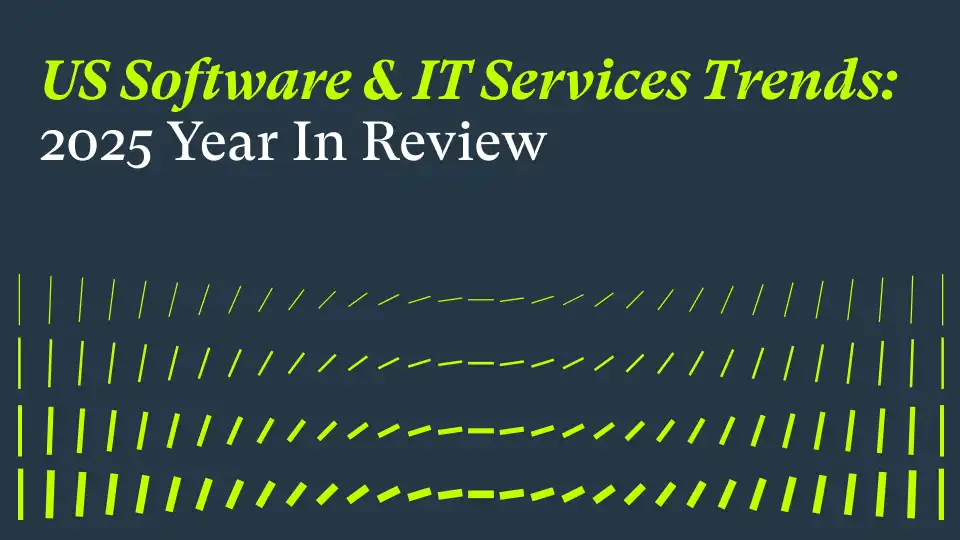6 Profit Leaks – And How To Plug Them With Time Tracking Software
.webp)
In this article, we uncover 6 hidden ways poor time and expense tracking can bleed profit - and how modern time tracking software like Projectworks can plug the gaps.
From forgotten billable hours to inaccurate expenses and slow invoicing, the little leaks in your time and expense tracking could be quietly eroding your firm’s margins and making scaling harder.
1. Unbilled Time = Lost Profits
If your team manually logs hours at the end of the week, small tasks vanish. Quick calls, client emails, or impromptu research never make it to the timesheet. Across a year, that can equal hundreds of total billable hours lost.
Modern time tracking software like Projectworks captures work in real time and syncs directly with your billing system – ensuring every minute is accounted for. By making time tracking effortless, timesheets go from monthly chore to a quick daily to-do.
Two weeks after switching to Projectworks’ timesheet software, consulting firm bdna hit 90% timesheet adoption – people could see it saves them time, making it a no-brainer.
2. Slow or Inaccurate Project Invoicing = Unhappy Clients
When timesheet and expense tracking are done across disjointed spreadsheets, billing becomes a nightmare for a consulting firm. Missing data leads to delayed invoices, cash flow problems, and unhappy clients.
Projectworks is time tracking software for consultants, built by three consultants who saw first hand what their clunky project time-management spreadsheets were doing to their profits. By tracking every hour and expense in the same software, end-of-month invoicing goes from days of work to just a few hours.
“The ability to track timesheets against specific projects and related tasks; then to link straight to client invoicing has been invaluable.”
– Jeffrey Brown, Head of Operations, Aware Group

3. Vague Time Tracking = Hidden Scope Creep
Without real-time visibility across projects, it’s easy to over-service clients. Teams log time vaguely, and you miss early signs that projects have gone beyond the agreed scope.
A real-time, project-management time tracking software solution surfaces overruns instantly – so you can renegotiate scope or reallocate resources before profits disappear. It’s one of the many reasons Projectworks customers grow by 20% in their first year – it’s time tracking software designed to help you spot scope creep faster.
4. Disconnected Time Tracking Software = Poor Profitability Insights
Disconnected time tracking software can make it nearly impossible to know which projects or clients are truly profitable – everyone’s making those critical business decisions on gut rather than fact.
When you use unified time tracking software linked to budgets, phases, and expenses, you gain instant clarity into margins. That helps you price work properly and identify your most valuable projects.
5. Too Much Time Tracking Admin = Valuable Time Lost
Manual data reconciliation and chasing timesheets are pure overhead. For some firms, the admin time equals a full-time employee’s salary each year.
An all-in-one consulting time tracking and expense tracking software eliminates redundant data entry, freeing both billable and back-office staff to focus on the work that matters – and pays.
Architecture firm Oculus saved 76 admin hours per week when they switched from manual invoicing and time tracking systems to Projectworks’ time-tracking software.
6. Inaccurate Forecasting and Capacity Planning = Team Boredom & Burnout
If your firm can’t see who’s working on what in real time, forecasting becomes guesswork. The result? Underutilization, burnout, and missed revenue opportunities.
Modern project management runs on real-time data – if you’re still running your time and expense tracking on spreadsheets rather than project-management time tracking software, you’re missing an easy way to balance workloads and project revenue more confidently.
Calculate the ROI of Better Time & Expense Tracking Systems
Curious what these leaks cost your firm each year? Book a Projectworks demo to find out your firm’s potential savings from upgrading to connected time-tracking software. Even small efficiency gains – say, reclaiming 3% of billable hours – could represent tens of thousands of dollars annually.
Related Articles

SHIFT Conference: 2026 Predictions for Software Consulting
Projectworks hosted its first virtual conference, SHIFT, for high growth US software consulting firms looking to think strategically about how they integrate AI into their internal systems, inspire culture, and standing out in 2026. Below you can catch the replay’s and key predictions from software consulting leaders.

US Software & IT Consulting Trends: 2025 Year In Review
In a year shaped by AI, Software Services Firms and IT Consultancies across the United States are in a widespread reinvention moment. In this guide we break down how firms are navigating the shift, and what strategies are fuelling growth for small and mid sized firms.
